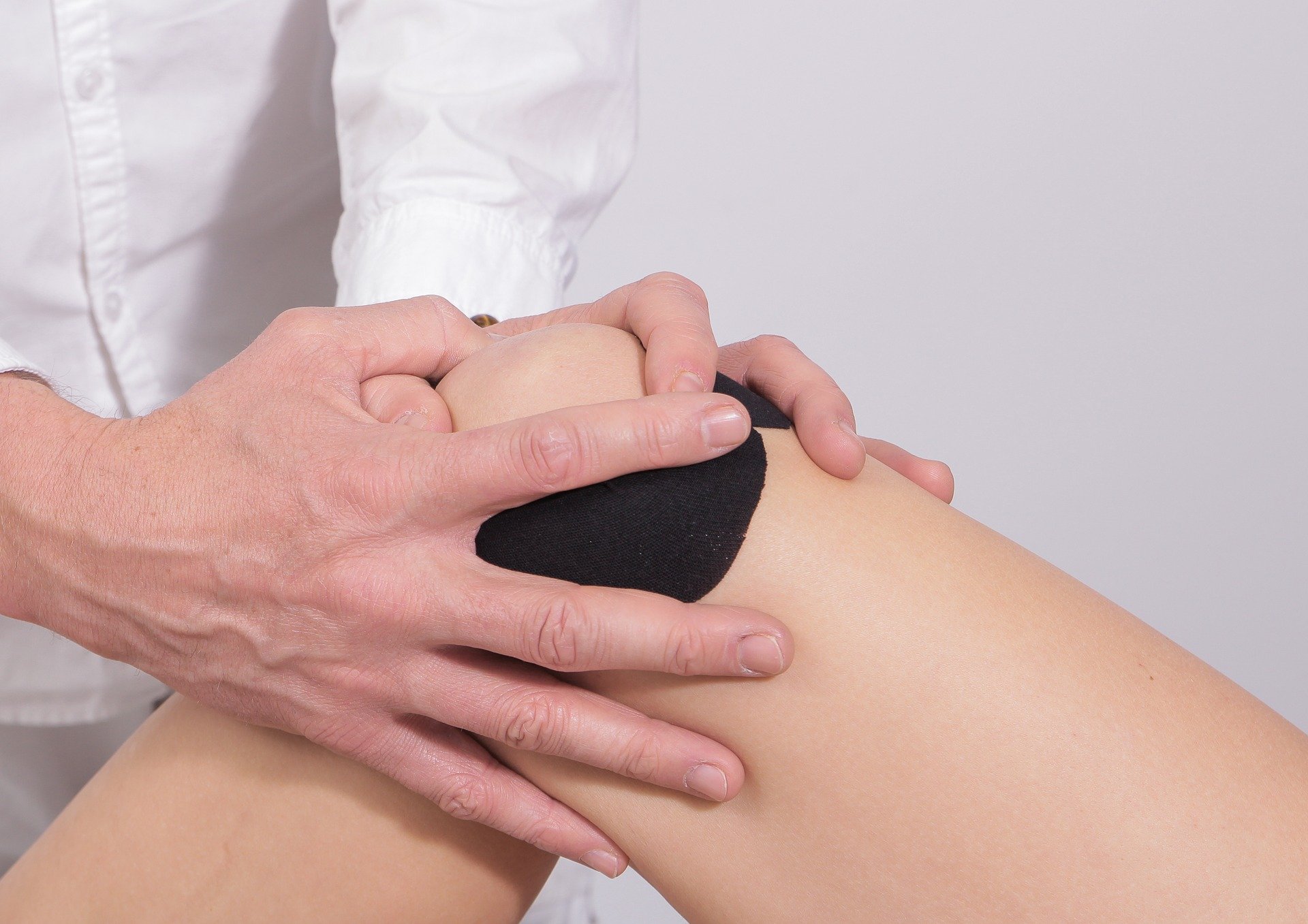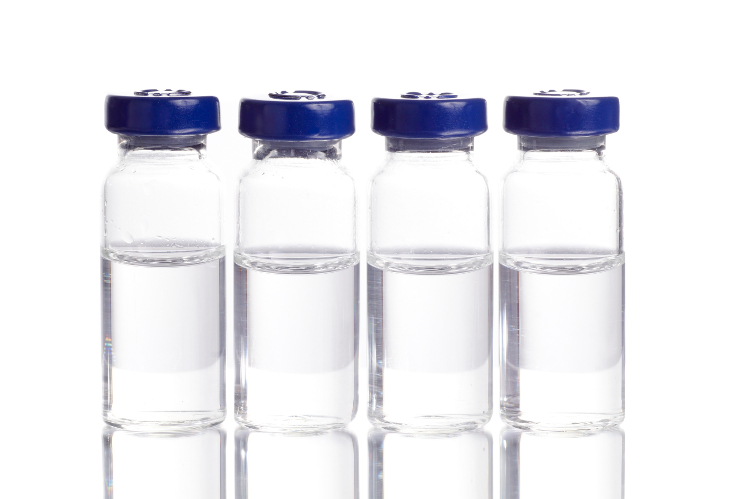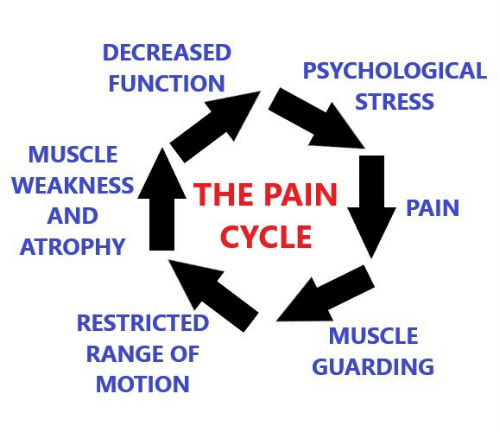Prolotherapy & Platelet Rich Plasma
Pain Treatment for Joint & Muscles
What is PRP?
Platelet Rich Plasma therapy is using the blood and platelets from you to induce a healing response and repair in your own joint. Platelets are the key for the growth factors and healing capacities. They will stimulate tissue regeneration and manage pain in the treated area.
To create this healing we will use a blood sample from the patient and centrifuge it in order to separate the platelets for the injection in your joint or tendon.
PRP is well known to stimulate healing in osteoarthritic joints, pulled muscles and tendons and is used in skin and aesthetic treatments to regenerate collagen ( reducing wrinkles in the skin).
Arthritis and Knee Pain treatments:
Thrombinator™ System for Use With the Angel® cPRP System
The Thrombinator system for use with the Angel Concentrated Platelet-Rich Plasma (cPRP) System is designed to produce an autologous activation serum at the point of care. The serum produced by the Thrombinator system can be used to improve the knee joint with improved cushioning from PRP on its own.
The autologous activation serum improves handling by activating platelets to produce a gel that serves as a binding agent for bone graft material.
The Thrombinator process uses the principles of the clotting cascade to generate an activation serum without the use of harsh chemical reagents such as ethanol.
Autologous activation serum can be produced in less than 20 minutes from whole blood or platelet poor plasma at the point of care.
The two-step Thrombinator™ system with ACP produced a bolus of high thrombin activity serum that maintained usable levels out to 30 minutes, relative to the 2-spin RegenLab system.
When these sera were mixed with the relative PRP systems, the Arthrex system had more than twice the concentration of platelet-derived cytokines and growth factors than Platelet Rich Plasma on its own. More studies are being done.
What is Prolotherapy?
Prolotherapy is an injection of any substance that promotes growth of normal cells, and tissues in the body.
There are several types of prolotherapy depending on your individual needs:
“Growth factor stimulation prolotherapy”: Injection of something that causes the body to produce growth factors. Non inflammatory (10% or less) dextrose is an example of this. Two double blind studies have now shown that a simple 10% dextrose injection is effective in arthritis. (1,2)
Humans cells exposed to as little as 0.3% dextrose produce growth factors such as :
- platelet-derived growth factor (PDGF),
- transforming growth factor-beta (TGFB),
- epidermal growth factor (EGF),
- basic fibroblast growth factor (bFGF),
- and connective tissue growth factor (CTGF)
“Inflammatory prolotherapy”: Injection of something that causes activation of the inflammatory cascade to produce growth factors. These solutions often include dextrose for a growth factor stimulation effect, but the inflammatory signals that result cause a more vigorous growth response.
Examples of solutions in current use are 12.5%-25% dextrose, injection with multiple bone contacts which itself will stimulate growth factor release. Inflammatory prolotherapy will likely be the most cost effective form of prolotherapy for stimulation of the natural wound healing cascade.
Since the primary pathology in chronic sprain/strain is best described as connective tissue insufficiency, connective tissue laxity and/or weakness (the term connective tissue insufficiency has been utilized), it will be imperative to correct the primary pathology.
Neural Prolotherapy
 Similar to the prolotherapy, neural prolotherapy is a dextrose-water injection just under the skin to reduce inflammation and stimulate healing in damaged nerves that serve the surrounding skin, muscles and in some cases, joint. Neural prolotherapy differs from prolotherapy in that a different concentration of dextrose is used in the injection, though both therapies are meant to alleviate pain and restore function to specific areas of the body.
Similar to the prolotherapy, neural prolotherapy is a dextrose-water injection just under the skin to reduce inflammation and stimulate healing in damaged nerves that serve the surrounding skin, muscles and in some cases, joint. Neural prolotherapy differs from prolotherapy in that a different concentration of dextrose is used in the injection, though both therapies are meant to alleviate pain and restore function to specific areas of the body.
Neural prolotherapy is useful in treating nerve pain post-injury as well as post-surgically.
If you are suffering from pain or limited mobility, have undergone surgery or had an injury, please click here to make an appointment and learn more about how neural prolotherapy, prolotherapy or other treatments could help you. You may also be interested to read more about trigger point injections, active release techniques, and how to improve your strength and flexibility.
Neural Therapy
Neural therapy involves the injection of procaine, an anesthetic, into specific points on the body. Neural therapy is administered into painful musculature, scar tissue, acupuncture points, muscle trigger points, nerve points, glands or an autonomic ganglion.
The theory is that past trauma, often marked by scars of deep cuts, nerve ganglions, or tattoos, are areas that have lost their capacity to heal and thus act as a roadblock in the body’s network of nerves. When chronic pain is the issue, it could be that scar tissue is joining adhesive structures causing less blood flow, friction of tissues, and increased overall neural stimulation. During the repair of an injury collagen can be less elastic and more adhesive to the normal body function and limit Range of Motion. Injections in this area can stop the pain cycle, break up scar tissue and allow blood flow to the area for optimal healing.
Procaine reestablishes ion transfer across the membrane of cells in the area, allowing them to clear toxins and debris and begin healing. As nerve cells heal, chronic pain all over the body is alleviated. Through the autonomic nervous system, nerves all over the body are connected, meaning that a healed nerve in one area can cure pain or improve functioning in another.
This can especially work well when nerves are damaged during an injury or surgery, scar tissue forms which can cause constant pain signals to fire from the damaged neuron when the scar is irritated.

Neural therapy is administered into painful musculature, scar tissue, acupuncture points, muscle trigger points, nerve points, glands or an autonomic ganglion. The injection numbs the area and then it normalizes the membrane potential of surrounding neurons causing neurons to revert to their pre-injury state. The numbing effects last 4-6 hours to reset the neurological stimulation. After that the body’s healing mechanism will kick in and stop the increased pain signally from muscle guarding.
As shown to the right the pain triggering the muscle guarding can be further causing restricted range of motion. Our greatest success is decreasing the pain signalling and creating a normal healthy recovery.
Dr. Marnie is experienced in these techniques and has seen success long term with them.
Book an appointment to find out more.
REFERENCES:
1. Reeves, K.D., and K. Hassanein. Randomized prospective double-blind placebo-controlled study of dextrose prolotherapy for knee osteoarthritis with or without ACL laxity. Alt Ther Hlth Med, 2000; 6(2): 37- 46
2. Reeves, K.D. and K. Hassanein. Randomized prospective placebo controlled double blind study of dextrose prolotherapy for osteoarthritic thumbs and finger (DIP, PIP and Trapeziometacarpal) joints: Evidence of clinical efficacy. Jnl Alt Compl Med, 2000; 6(4): 311-320
3. Ongley, M.J., et al. A new approach to the treatment of chronic low back pain. Lancet, 1987; 2: 143 – 146.
4. Klein, R.G., et al. A randomized, double blind trial of dextrose-glycerine-phenol injections for chronic low back pain. Journal of Spinal Disorders, 1993; 6: 23- 33.
5. Dechow, E., et al. A randomized, double blind, placebo-controlled trial of sclerosing injections in patients with chronic low back pain. Rheumatology, 1999; 38:1255- 9.
6. Reeves, K.D., Prolotherapy: Basic science, clinical studies, and technique. In Lennard TA (Ed). Pain procedures in clinical practice (2nd Ed.). Philadelphia; Hanley and Belfus; 2000:172-190.
7. www.getprolo.com




